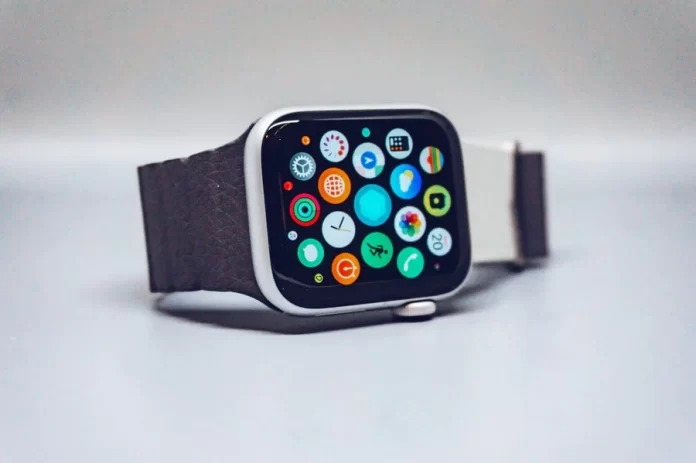A good night’s sleep is important for your health and overall quality of life. If you’re facing issues sleeping, or you’re simply curious about how well you sleep through the night, the Apple Watch has a built-in Sleep app that’s designed to track your sleeping habits.
To use the Sleep app, it’s required to have watchOS 7 or later, and an Apple Watch Series 3 or later. The information below will mention the features of the Sleep app, how to set it up, and notable third-party apps for people interested in more detailed sleep metrics.
How does Apple Watch Sleep tracking work
The Apple Watch Sleep app integrates with the Sleep feature in the Health App and the Apple Watch app for iPhone.
You may wear your Apple Watch when you want to sleep and turn on the sleep mode. The sleep app will track the duration of your sleep. It includes both, the average time you spend in bed and the average time you sleep.
Take a note: With the watchOS 8 update, your Apple Watch is also able to track your breathing rate during the time you sleep.
The Sleep app also provides its users with a feature as bedtime schedules, which provides you with an opportunity to achieve your sleep goals during the week and even on weekends.
Your Apple Watch will gather data during these time frames just right after you have set your app. You can set multiple sleep schedules, which is helpful if your sleep habits differ throughout the week.
How to set up Apple Watch Sleep tracking
- First of all, you should open the Health app on iPhone. Find and tap Browse which is located on the bottom-right of the screen, then click on Sleep.
- After that, under Set Up Sleep you will find under Get Started, tap it.
- Click Next. Use the plus and minus buttons to set a sleep goal, then tap Next.
- Then, you should set a sleep schedule by using the circular slider. Tap the weekdays you want the schedule to apply to, then tap Add.
- Next, you should click Add Schedule in order to add another sleep schedule. When you’re finished, tap Next.
- In the end, follow the on-screen prompts to enable or skip Sleep app features like Sleep Screen (simplifies your lock screen to reduce distractions before bedtime), Wind Down, and enabling sleep tracking. When you’re finished, tap Done.
What are third-party sleep tracking apps
Apple’s built-in Sleep app is free and convenient to use, but as far as sleep data goes it’s fairly limited. Below you’ll find a list with notable third-party sleep tracking apps on the market.
- AutoSleep ($4.99): For a one-time charge of $4.99, you get access to all of the features on AutoSleep. The app has a feature of analyzing your sleep quality which is based on measurements it takes on the amount of time you’re asleep, restlessness, the amount of time you’re awake, and your heart rate.
- Sleep++ (Free, with in-app purchases): This sleep tracker gives its users an opportunity to use an automatic mode and a manual mode. For the manual mode, you can tell the app when you start sleeping and when you wake up to more precisely control when data is being collected.
- Sleep Cycle (Free, $29.99/year for a premium subscription):Sleep Cycle is equiped with a smart alarm clock that wakes you up when you’re in a light sleep phase. It has a feature of detecting things like snoring, sleep talking, coughing, and other things that can influence bad your quality of sleep. Premium features include relaxing sleep sounds and a story library. Since Sleep Cycle uses sound analysis, it’s unnecessary to wear your Apple Watch to bed.
- SleepWatch (Free, $3.99/month or $29.99/year for a premium membership): This sleep tracking app measures total sleep time, total restful sleep time, average sleeping heart rate, sleep rhythm, sleep disruptions, and more. Premium membership unlocks features like an advanced tracking mode, which estimates the time it takes you to fall asleep each night.
With This apps, you can track your sleep at any time.






